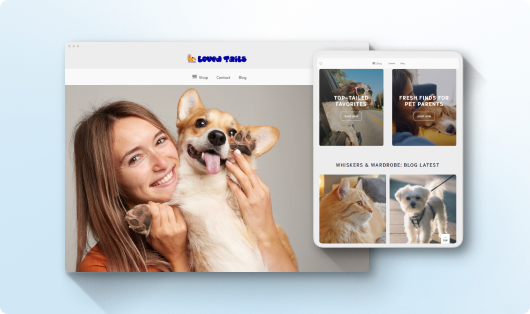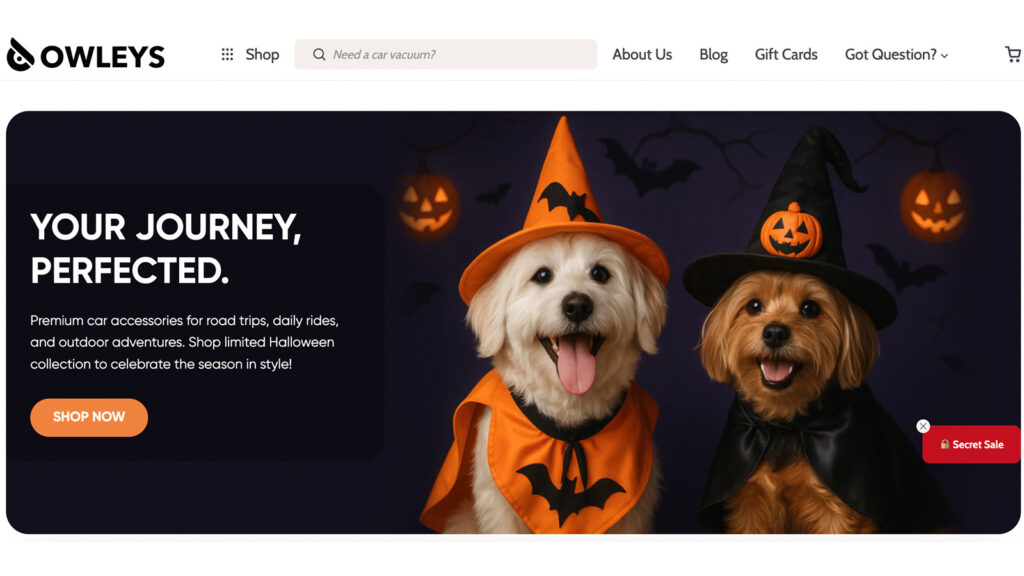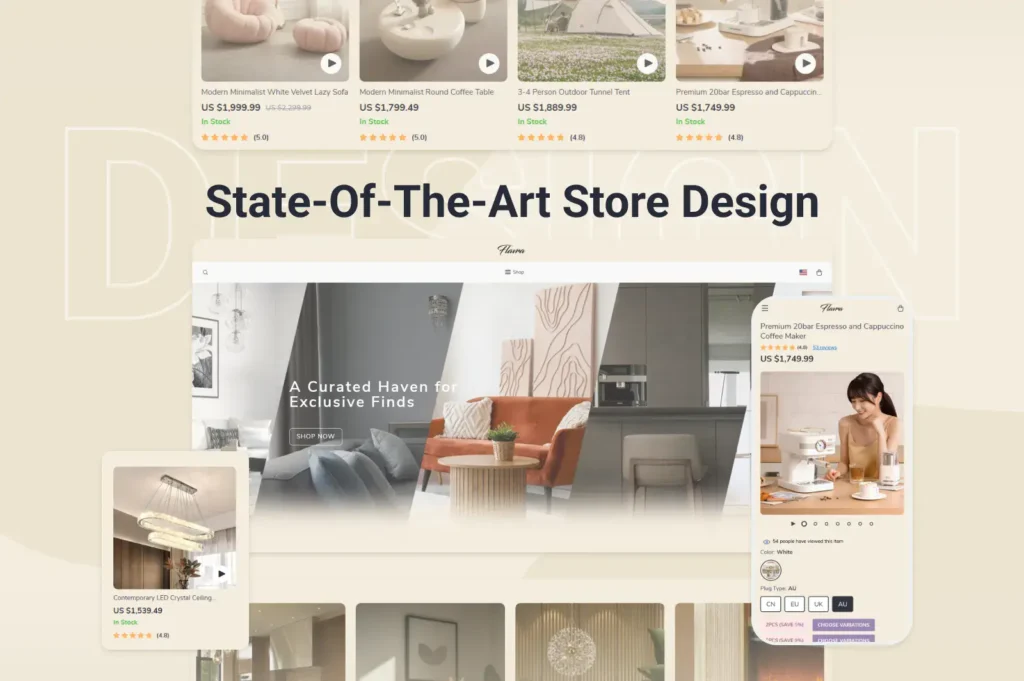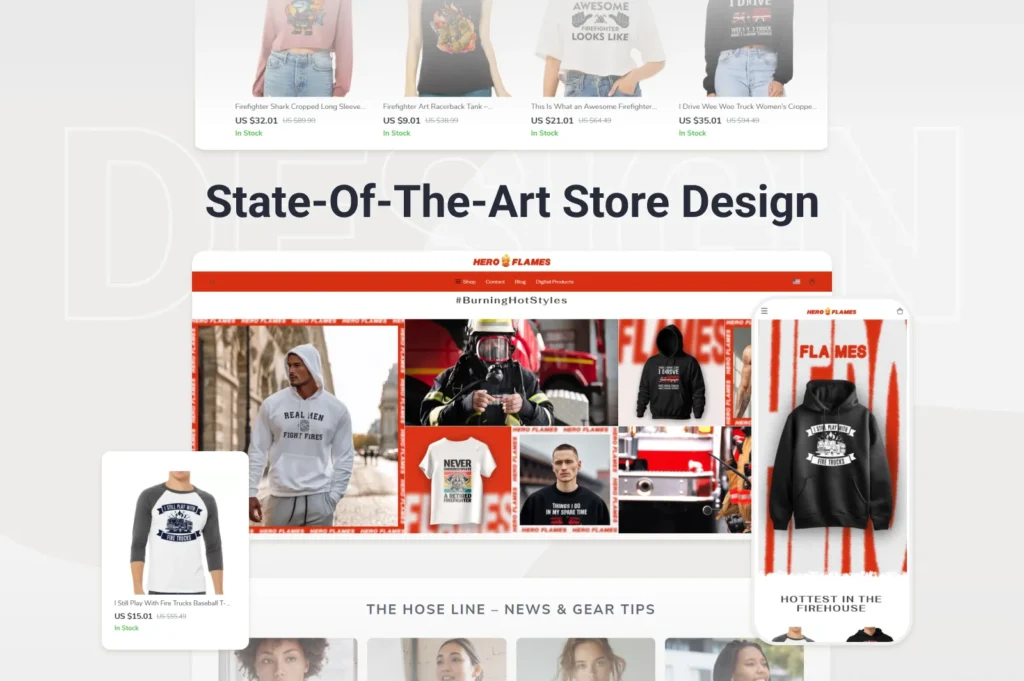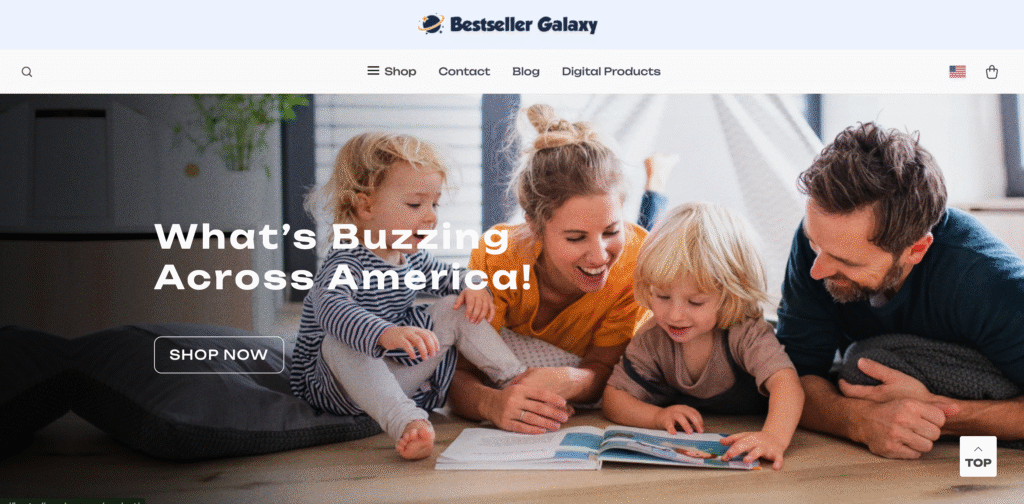Attracting new customers to your online store is becoming more expensive every year and things aren’t going to get easier. Advertising costs rise, competitors appear, and new marketing tools gradually replace the ones you’re using. You need to adapt to a rapidly changing environment and make sure every visitor has the highest possible chance of turning into a paying customer.
That’s where conversion rate (CR) optimization comes in. By carefully analyzing how users behave on your site and making small, data-driven improvements, you can significantly increase sales without redesigning your store or learning complex technical tools. In this article, we’ll break down what conversion really means, why user behavior analysis is crucial, and what practical steps you can take today to improve your CR, even if you’re not a web developer.
What Conversion Rate Really Means
Conversion rate shows how effectively your online store turns visitors into customers. A conversion is any action you want the visitor to complete, and the ultimate action — the end goal — is called a macroconversion. For eCommerce, the primary macroconversion is clear — a completed purchase. Every order placed is a clear signal that your store has fulfilled its purpose.
But before the final sale happens, your visitors go through a series of smaller steps. These are called microconversions. They don’t bring direct revenue, but they strongly indicate purchase intent. Examples of microconversions in an online store include:
- Viewing a product page
- Adding a product to the cart
- Clicking on a “Buy now” button
- Signing up for a newsletter or creating an account
- Using filters to search for products
On other types of websites, macroconversions might be different: for a news site, it’s a subscription; for a SaaS service, it’s a paid plan upgrade. But for an online store, all paths lead to one goal — the sale.
That’s why it’s important to track both macro- and microconversions. If you only measure completed orders, you’re missing valuable insights about how people interact with your store before they buy. By analyzing smaller actions, you can identify weak points in the customer journey and optimize them to drive more purchases.

Why Analyzing User Behavior Is Crucial
If you want to improve your conversion rate, you first need to understand how visitors interact with your store. User behavior analysis shows you where people click, where they hesitate, and where they leave. Without this information, you’re making changes blindly — and risk spending money on solutions that don’t actually solve the problem.
Here’s why analyzing user behavior is essential for every online store:
- Identify drop- off points — see exactly at which stage people leave the purchase process (e.g., during checkout, on the payment step, or even before adding anything to the cart)
- Spot the biggest leverage points — optimizing a single step ( like speeding up checkout or clarifying shipping costs) can dramatically boost overall sales
- Understand customer intent — learn which products attract the most attention and which pages make people bounce
- Make data-driven decisions — rely on facts instead of guesswork when deciding what to change
- Personalize your offer — by seeing how different groups behave, you can adjust messaging, discounts, and recommendations for each audience segment
- Prioritize improvements — focus on changes that will have the biggest impact on sales, instead of wasting time on minor tweaks
- Reduce wasted ad spend — when you know where users drop off, you can fix those points and make your advertising budget work harder
- Improve customer experience — by smoothing friction points, you make it easier and more pleasant for users to shop, which builds trust and loyalty
In short: data about user behavior helps you see your store through your customer’s eyes — and that perspective is priceless when your goal is to sell more.

How to Spot and Track Microconversions
Before you can improve your conversion rate, you need to know which small actions lead to sales. That’s why tracking microconversions is so powerful — it shows you where visitors are engaged and where they get stuck.
Define your primary goal first
Be as specific as possible. Instead of a vague goal like “increase conversion rate,” write something measurable, for example:
“Increase mobile conversion rate by 15% within 6 months by optimizing the sales funnel for smartphone users.”
Your goal might be boosting sales, reducing the cost per lead, or increasing customer lifetime value (CLV). A clear target will keep you focused and make it easier to evaluate results later.
Start by mapping the customer journey
Write down every step a visitor takes before buying: landing on your homepage, browsing products, viewing details, adding to cart, going through checkout. Then go deeper:
- Map how users navigate through your store — and try to capture several sessions if they don’t buy on the first visit
- Pay attention to entry and exit points: where do visitors arrive (homepage, category, product page) and where do they leave?
- Look for patterns: which sequence of actions usually leads to a purchase, and which leads to abandonment?
Identify key microconversions
For online stores, some of the most useful ones include:
- Viewing a product page or clicking through product categories
- Adding an item to the cart or wishlist
- Starting ( but not necessarily completing) checkout
- Clicking on “Buy now” or “Proceed to payment”
- Signing up for email updates or creating an account
- Using filters or search to find products
Use tools that don’t require coding
You don’t need to be a developer to track microconversions. Here are some easy-to-use options:
- Google Analytics 4 — lets you set up events for cart additions, checkout steps, and purchases
- Hotjar or Microsoft Clarity — gives heatmaps and session recordings to see how visitors move through your store
- Built- in eCommerce analytics — many platforms ( like Sellvia) already show key events like product views and cart actions
Define key metrics and KPIs
Decide which numbers you’ll monitor to measure progress: add-to-cart rate, checkout initiation rate, abandoned cart percentage, and ultimately the overall purchase conversion rate. This will help you see how each step in the funnel affects your main goal.
Analyze regularly
Tracking is not a one-time task. Check your data weekly or monthly to spot trends — for example, a sudden drop in “add to cart” events might mean a new product image is confusing or a button isn’t working properly.
The goal is to make your microconversion funnel as smooth as possible, because the more people take these small steps, the more of them will eventually reach a purchase.
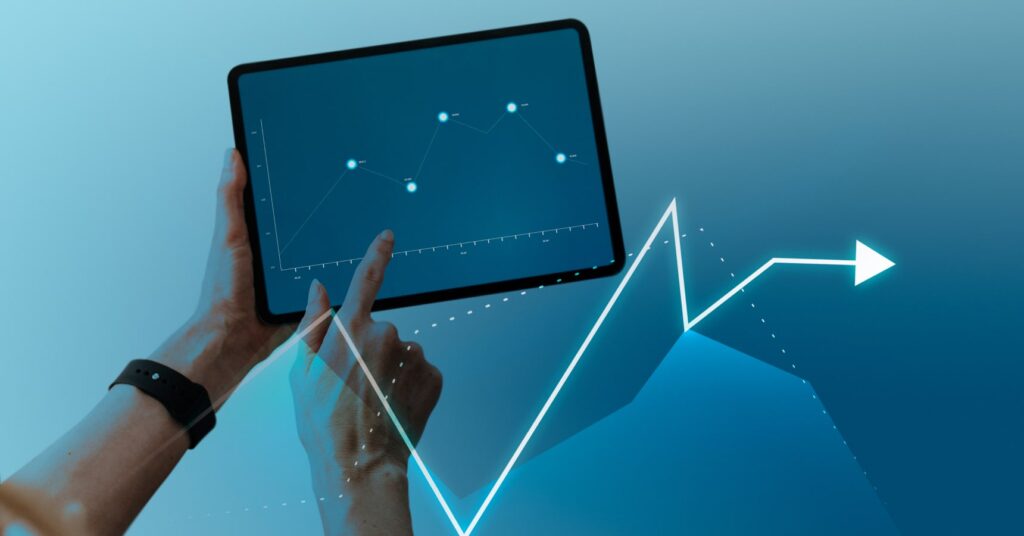
Practical Steps to Improve CR Without Tech or Redesign
Optimizing conversion rate isn’t a one-time project — it’s a continuous process. Your store, your audience, and your competitors are always changing, so you need to review and fine-tune regularly. Instead of making vague, sweeping changes, focus on specific steps in the customer journey and improve them one by one.
Work consistently and break the customer path into steps
The easiest way to spot where you’re losing customers is to split the entire shopping process into detailed stages. For example:
- Visit category page
- Visit product page
- Add product to cart
- Select delivery method
- Select payment method
- Visit order confirmation page
- Payment
By analyzing each step individually, you can pinpoint exactly where users drop off and focus your efforts where they’ll have the most impact.
Pick key metrics for every step
For each stage of the funnel, monitor:
- Number of visitors — how many users reached this step
- Bounce rate — what percentage left after landing on this step
- Time on page — are users engaging or leaving too quickly
- Step-to-step conversion — what percentage of users moved to the next stage
Compare these numbers across all steps. Look for sudden drops: if 80% of users view product pages but only 20% add items to the cart, that step needs immediate attention.
List elements that can be improved
Once you’ve found the weak points, identify which parts of the page might be causing friction. For example, on the product page, check:
- Image quality — blurry photos can destroy trust
- Description clarity — does it answer common questions?
- Price visibility — is it clear and transparent?
- Call-to-action — is the “Add to cart” button prominent and easy to click?
Make changes one at a time and measure results after each step. This is crucial because improving one step can sometimes create unexpected drops or gains elsewhere in the funnel.
Changes you can make without tech knowledge:
Usability improvements
- Simplify navigation and make sure users can easily find what they’re looking for
- Reduce the number of clicks required to complete a purchase
- Optimize loading speed — compress images, remove unnecessary elements that slow the store down
Triggers and cues
- Use gentle pop-ups to guide users (e.g., “Don’t forget to add this to your cart!”), but avoid overwhelming them
- Send notifications about relevant events: price drops, restocks, low inventory alerts, or discounts
- Offer a live chat option so users can ask questions in real time — and make sure someone answers quickly
Personalization
- Show product recommendations based on browsing history
- Offer cross-sells and upsells that complement what the user is already viewing
- Suggest relevant blog posts or videos that build trust and explain product benefits
A/B testing
- Test several variations of a single element ( like button color, headline text, or product image) and see which performs better
- This helps you make data-driven decisions instead of relying on guesswork
Work with segmentation
- Create scenarios for different types of users — first-time visitors, returning customers, abandoned cart users
- Measure which group responds best to which action (discounts, bundles, urgency timers) and focus on those that impact your main goal the most
Retargeting
- Bring back users who left without purchasing. Offer a special discount or remind them of the item they viewed
- You can do this with email campaigns, messenger notifications, or even social media ads
By approaching CR optimization step by step, you’ll gradually build a smoother, more effective sales funnel — and most of these actions don’t require a single line of code.

Typical Mistakes and How to Avoid Them
Conversion optimization can backfire if done carelessly. Here are the most common pitfalls store owners face — and how to steer clear of them:
- Assuming one improved metric means overall success
Just because a single microconversion improved doesn’t mean your sales will go up. For example, if users spend more time on your site after changes, it could mean they’re confused and taking longer to find what they want — not that they’re more engaged. Always check how changes affect final purchases and other key steps in the funnel. - Overloading users with aggressive tactics
Pop-ups, banners, and urgency timers can work — but too many can create friction and make visitors leave. Balance engagement with a smooth, comfortable shopping experience. - Failing to monitor metrics consistently
What works today may stop working tomorrow. Competitors change their strategies, seasons affect shopping habits, and even small UX updates can shift results. Keep an eye on your KPIs and be ready to adjust quickly. - Making too many changes at once
If you change several elements simultaneously (button color, product images) you won’t know which change actually affected results. Tweak one variable at a time and measure its impact before moving to the next. - Ignoring mobile users
A large share of eСommerce traffic comes from smartphones. If your store is hard to use on a small screen, your conversion rate will suffer. Always test changes on both desktop and mobile. - Optimizing for clicks instead of purchases
Some changes may boost click- through rates but distract users from buying. For example, adding too many internal links might keep users browsing instead of checking out. Always prioritize actions that lead directly to sales.
Mind these mistakes and you’ll avoid wasted effort and keep your optimization work focused on what really matters: converting visitors into buyers.
Conclusion
Improving your online store’s conversion rate doesn’t require a full redesign or technical expertise, but it does require focus, consistency, and data-driven thinking.
Start by defining clear goals, then map out the entire customer journey and track both micro- and macroconversions. Look for weak points, make one improvement at a time, and measure how it affects every step of the funnel. Over time, small, deliberate optimizations can add up to a significant increase in sales.
Remember: conversion rate optimization is an ongoing process, not a one-time fix. Review your metrics regularly, keep testing new ideas, and be ready to adapt as user behavior changes. The stores that consistently improve are the ones that stay ahead of the competition.
And if you want to make the process even easier, Offiro has your back. Our experts are just a call away to help you interpret your metrics, identify the most impactful steps to optimize, and implement improvements quickly. And when you’re ready for bigger changes you can use our professional marketing and optimization services at any time.

